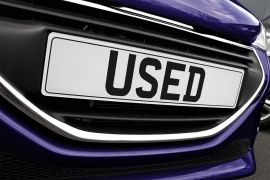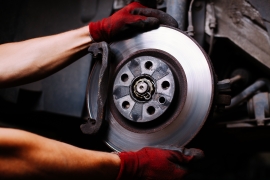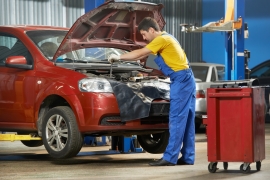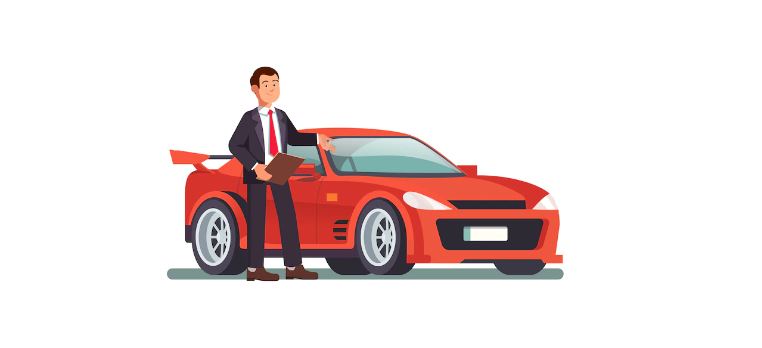
Buying a second-hand car can be an exciting experience – you get to own a car and save money too! However, it can also be overwhelming as there are many things to consider when purchasing a used vehicle. To ensure that your newly-bought second-hand car is in good condition, here are five tips for enhancing it most cost-effectively. With proper care and maintenance, you can enjoy a safe and reliable ride for many years to come.
1. Fix Any Mechanical Issues
The first step in ensuring your second-hand car runs like new is that it has no significant mechanical issues. Before you even begin driving it, take some time to check all of the vehicle’s components, such as brakes, suspension, engine cooling system, and transmission.
If you notice anything out of the ordinary or suspect that any system may not be working properly, have it checked by a professional. It’s always better to be safe than sorry regarding vehicle maintenance. You may want to invest in a pre-purchase inspection by a certified mechanic, as they can detect any significant issues that could end up costing you much more money later on.
2. Change the Oil
Oil is essential to ensure your car runs smoothly and efficiently. Changing the oil at least every 3 to 6 months is important for optimal performance and longevity. When changing the oil, ensure you use only high-quality oil approved for use in your vehicle’s make and model.
This will help protect your engine from overheating, reduce friction between parts, and improve overall performance. To ensure you’re doing it right, consult your owner’s manual or a professional mechanic before getting started.
3. Check All Fluids

Fluids such as brake fluid, power steering fluid, coolant, and transmission fluid play an essential role in keeping your vehicle running smoothly. Check all these fluids regularly and top them up if necessary.
Depending on the fluid type, it may need to be replaced entirely every few months. Doing regular checks on these fluids will help you avoid any costly repairs or breakdowns in the future. Talk to your local mechanic for advice on what kind of maintenance you should be doing and when.
4. Clean and Maintain the Exterior
The physical appearance of your car has a significant impact on its performance and longevity. Washing your car regularly can help remove dirt, grime, and other contaminants from the exterior that can damage paintwork over time. Waxing your vehicle also helps protect it against moisture and UV rays while providing a glossy finish that enhances the look of your vehicle.
Finally, you should also inspect your car for any damage to the exterior. This could include scratches, dents, chips, or cracks in the surface or window of your vehicle. Cracks and chips in the glass pose a safety hazard, so if you ever find any on your car, a qualified professional must have them fixed as soon as possible. A car glass replacement is a delicate job and should only be done by someone with the right tools and experience to do the job properly.
5. Keep the Interior Clean and Tidy
Keeping your car’s interior in good condition is just as important as maintaining its exterior. Vacuum the carpets, upholstery, and other fabric surfaces regularly to remove dust and dirt that can wear down fabrics over time. If you smoke in your car, open the windows periodically to air out any stale odors that may be lingering. Additionally, replace air filters every six months to ensure optimal airflow throughout the vehicle.
FAQs
How often should I service my second-hand car?

Generally, it is recommended to get your second-hand car serviced every 3,000-5,000 miles or at least once a year, depending on your driving habits and vehicle age. It’s essential to check the vehicle’s oil level regularly between services.
Do I need to replace any parts after buying a used car?
This largely depends on the condition of the car when you purchased it. If it came with regular maintenance records, then there may be no need for immediate repairs or replacements; however, due to wear and tear from prior use, some components are more likely than others to require replacement soon after purchase. Common parts to keep an eye on include brakes, tires, engine oil, and wiper blades.
How can I check the status of my second-hand car?
One of the most reliable methods for checking up on the condition of a second-hand car is to take it for an inspection at a certified garage or repair shop. This will provide you with detailed information about any issues that may need to be addressed to ensure your vehicle’s reliability.
Are there any additional costs associated with purchasing a used car?
You should account for other costs aside from its original price tag when buying a used car. These include insurance premiums, registration fees, and taxes. Additionally, if there is any work that needs to be done to get your car up to safe driving standards, these costs will also need to be considered.
In Summary
Taking the time to properly maintain, clean, and enhance your second-hand car is essential for ensuring its longevity and reliability. From fixing any mechanical issues to changing the oil and checking fluids to keeping the interior and exterior clean, these tips can help ensure that your newly acquired vehicle is in tip-top shape.

Be the first to comment on "5 Tips for Enhancing Your Newly-Bought Second-Hand Car"